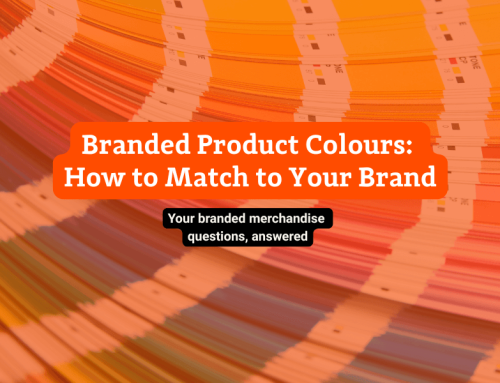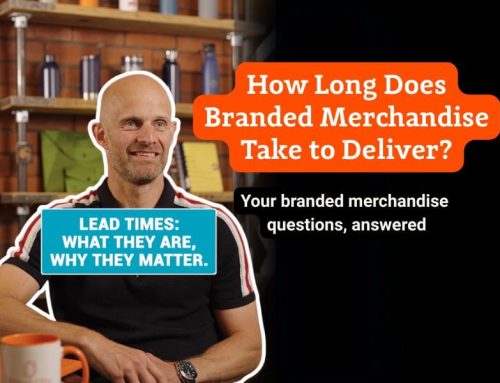
Direct marketing is, as the name suggests, a more direct way of reaching out to clients and potential clients. In the old days, and often even today, those with products and services to sell use agencies to get their message out to those who might be interested. Direct marketing cuts out those middlemen and allows sellers to interact directly with those who are (or might be) buyers.
To give an example, someone who regularly gets a gardening magazine might suddenly find themselves looking at Facebook ads for gardening and related products. Members of a football association might get an email from a company that sells equipment or information about football. Even where you live might trigger a marketing query, for example if a new supermarket or other business is moving into your neighbourhood.
Common Examples of Direct Marketing
So what kinds of direct marketing are there? The answer is ‘many, and growing.’ Some examples include brochures, catalogues, fliers, newsletters, post cards, coupons, emails, targeted online ads, text messages, and even phone calls.
What are the Goals of Direct Marketing?
One goal of direct marketing is to increase awareness of a product or service, among those people most likely to need or want them, and without wasting a lot of time, energy or money marketing to people who are not likely to need or want these products.
The primary goal though, that works in cooperation with that first goal, is to get viewers to take action – usually, but not always, to buy a product.
Forms of action can include visiting a website, calling for information, requesting a quote, giving names or other information, or making a purchase.

How does Direct Marketing Work & Is it Effective?
Direct advertising can be more effective than mass marketing because it doesn’t waste resources (yours, or those of someone you hire,) on marketing to people who are unlikely to need or want your product. Trying to sell makeup to men, or gardening equipment to people who live in a Highrise, are unlikely to have positive results.
Other benefits of direct marketing include the ability to make the message more personal – sometimes even using the recipient’s name! You can target those most likely to buy – which is good for them and for you! The return on investment tends to be higher, because the marketing is more efficient. Finally, it is more measurable. Analysing those measurements might also allow you to increase the efficacy of your targeting, making them even more efficient and successful.
How Demographics are Chosen in Direct Marketing
A direct marketing pitch should be delivered to as tight an audience as you can target. Sending messages to a wide, varied audience tends not to be effective, and will annoy many of those who get messages for something obviously unsuited to them, cluttering up post boxes and email accounts alike.
The most effective methods use lists of likely prospects. New parents, new homeowners, students, teens, and similar categories allow direct marketers to zone in on those most likely to take action – and that makes for a more successful campaign.
Social media is the most common area of direct marketing today, though paper mail through the postal system of via door-to-door flyer handouts is still very common. The likely success of each often depends on the kind of product or service you are selling. Garden care cards are best handed directly to people with unkempt gardens. Likewise for roof repair and similar services. Sales of digital books or software products, however, are best found via digital media. Digital media often has the added benefit of being able to specify details about those who receive the notices – age, gender, habits etc can all be available before you allocate your resources. Many products fall somewhere between these two clear examples, and a hybrid approach might be the best way to find the most customers using the fewest resources.
Opt-in marketing (also known as ‘permission marketing’) is also popular. This limits a mailing list to those who have already expressed their willingness to be on the list. These lists are considered more valuable than lists based on the attributes of people, the opt-in lists are comprised of people who have already indicated that they are interested in the product or service – in other words, they have already taken one call to action, and are more likely to complete another call to action, for example to buy a product or service.
Can Branded Merchandise Be Used in Direct Marketing?

There is certainly a place for branded merchandise within a direct marketing campaign. It can add more value to these initial touch points, make the leaflet or package look more appealing, and also gives a greater sense of value to the customer, who perceives it as a greater investment in them, and so perhaps feels obliged to give the message more consideration than without it. Branded merchandise also works well as a prize or incentive in email or targeted online ad campaigns to promote the reader to complete your call to actions.
Downsides of Direct Marketing
There are some drawbacks to direct marketing though, the main one being that it lacks the social credit of using an established advertising brand.
For example, if you place an ad in The Times or Mens Health, you will gain the added benefit of their established brand.
Readers who already trust the brand of the magazine will automatically assume your credibility and quality to be similar to that of the magazine itself. This can raise the profile of your product or business significantly.
History of Direct Marketing
Direct marketing is not new – in fact, it outdates mass marketing by centuries. Even modern, recognisable types of direct marketing have been around longer than you would likely guess. Catalogue marketing, for example, has been used in Europe since at least the 15th century! In the United States, Benjamin Franklin himself is thought to be the first catalogue marketer, selling scientific and academic books.
The consumer revolution and growing middle class in Britain created a new demand for consumer goods like pottery, glassware, clothing and general household goods and tools. Names like Matthew Boulton and Josiah Wedgewood were involved in direct marketing through that time period.
The first modern mail-order system was set up by Welsh entrepreneur Pryce Pryce-Jones, in 1861. He sold Welsh flannel via this method and was quite successful at it.
Ready to read more? Check out these posts:







Leave A Comment